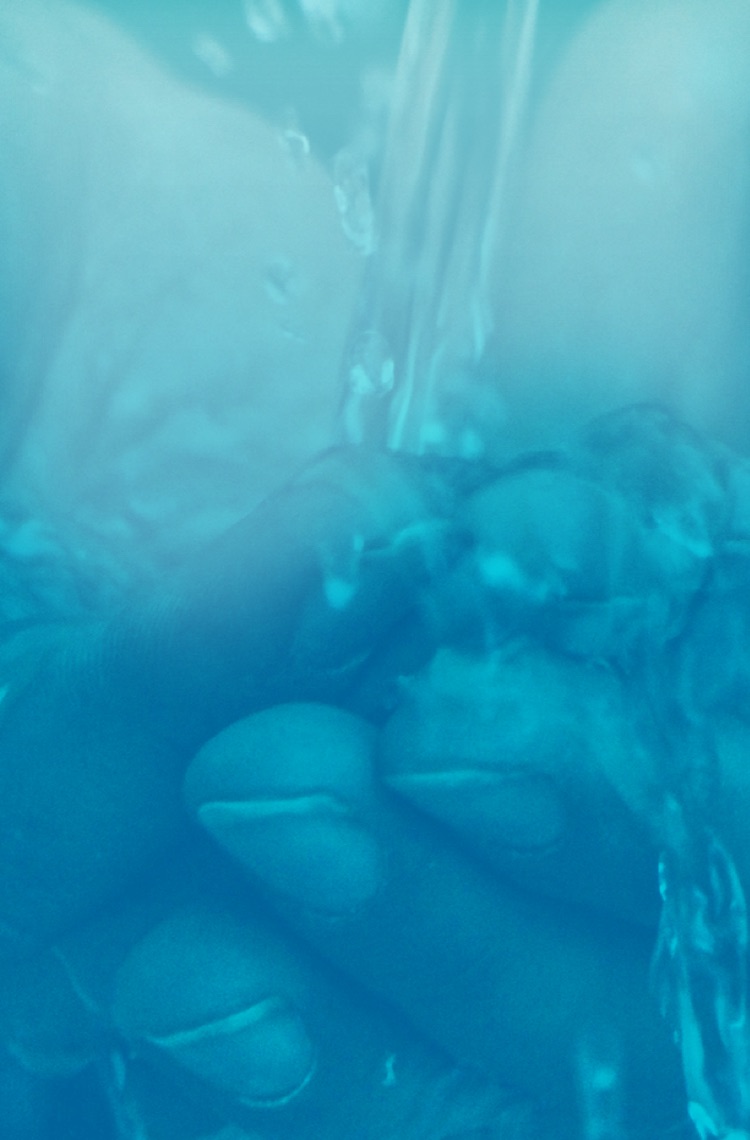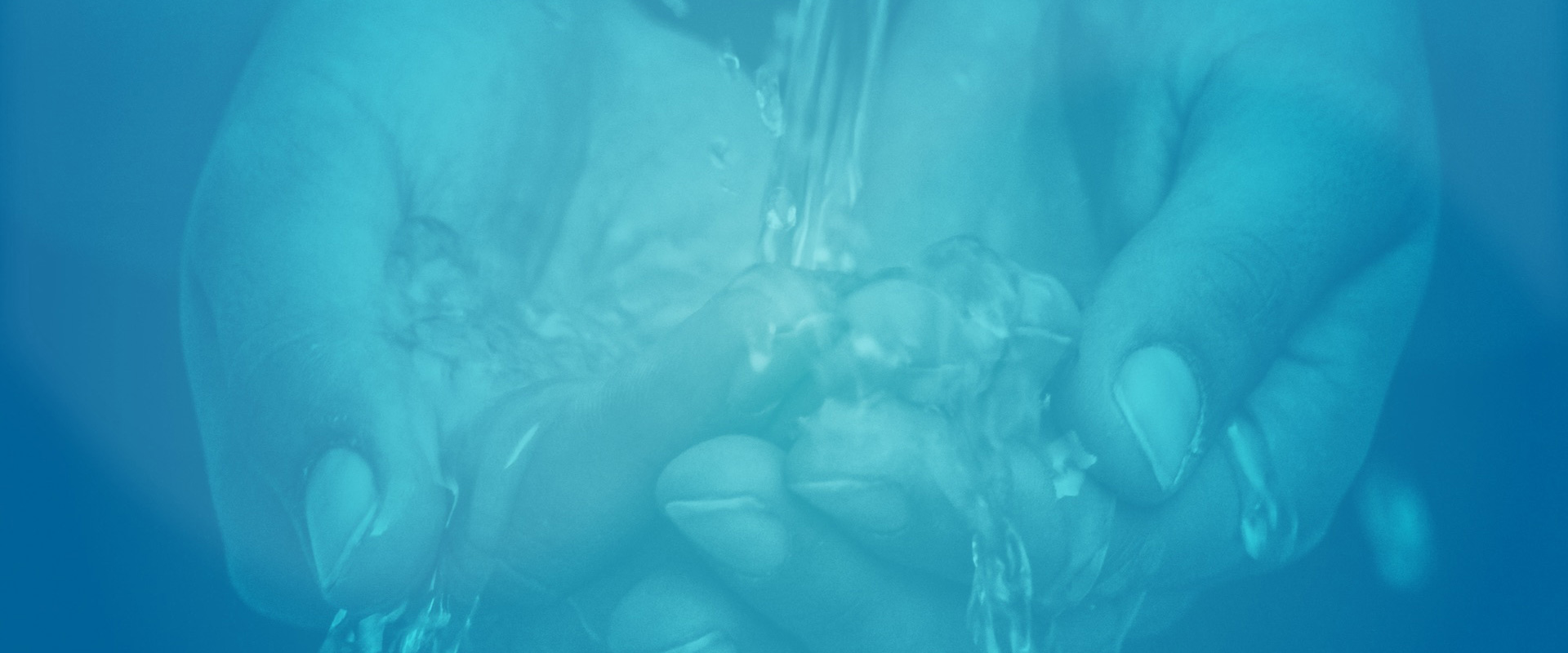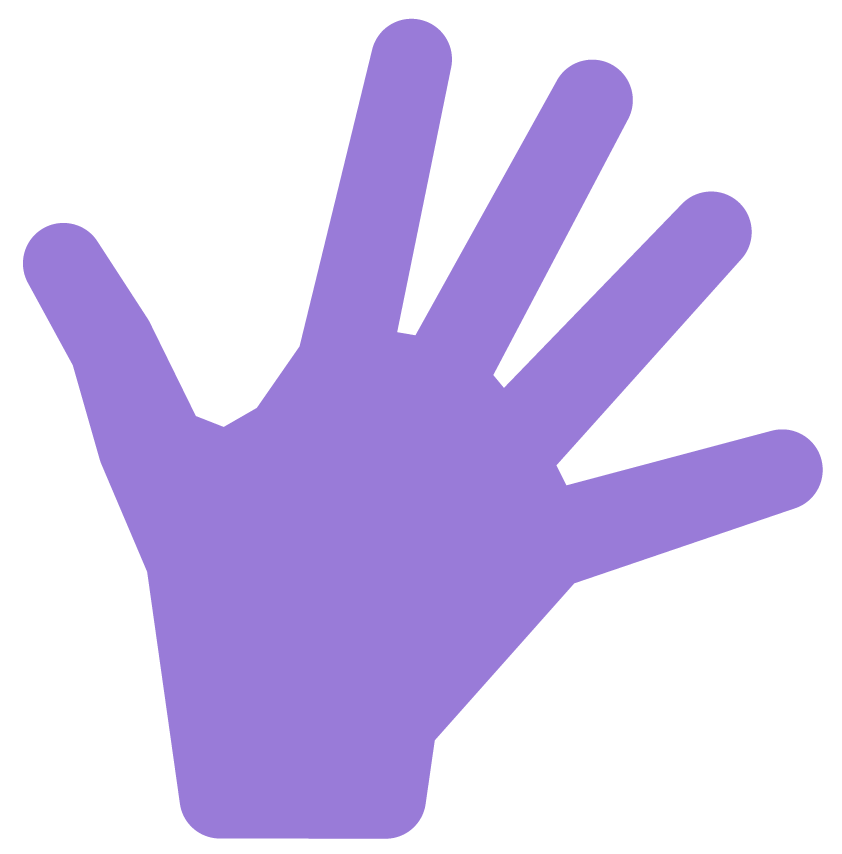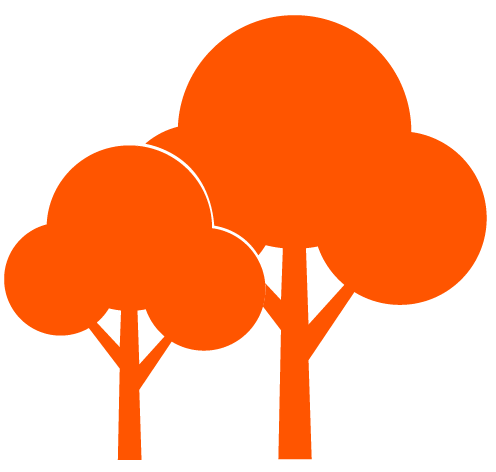

Our Challenges
We´re looking for startups that have solutions to these challenges.
Water Stewardship

Help create and implement solutions that optimize the full water process across business operations and help improve water quality and availability in the surrounding communities to build a more water-secure world. We are looking for the following solutions:
Water Monitoring and Analysis
- Tools for water quality monitoring/measurement specifically the availability or accessibility in watersheds (or water sources) to report progress and understand impact
- Techniques to assess water risk and predictive analytics for specific geographical locations
- Techniques to assess water status by integrating water source availability by region (aquifer data, rivers flows) and availability of water for production
- Reliable, low-cost, easy-to-use / implement, non-invasive technologies for measuring water at all points of consumption in our production facilities (ideally with data logging/transfer capabilities)
- Data collection of water consumption across supply and value chains. Ability to measure in real time (portable flow meters or indications) all water consumption by process.
- Data collection and measurement of water action programs to determine efficacy for wells and aquifers
- Real-time monitoring for static and dynamic levels in water wells (temperature, conductivity, energy consumption of the pump) with automated reporting of changes and prediction of the water availability vs production plans
- Easy to implement and affordable analytical monitoring for emerging contaminants at trace concentrations
- Analytical real time monitoring for rapid (in minutes) microbiological quantification and identification of viable organisms within a water matrix
- Technologies for easy calibration of flowmeters without dismantling installations or creating stops in production
- Data collection of current freshwater and marine water eutrophication attributable to our operations, with impact projections in upcoming years
- Identification of areas at high-risk of eutrophication, with scouting, development and adoption of low cost, scalable technologies / best practices for prevention and mitigation
- Online monitoring of microbiological parameters (TPC, coliforms, e-coli) and early warning in case of abnormal variation
Watershed Conservation and Stewardship
- Commercially viable investment approaches for watershed conservation and management projects to promote sustainable land and water use at the watershed level (blended finance, Payment for Ecosystem Services, funds and other venture philanthropy related mechanisms)
- More efficient and sustainable use of water in agriculture and irrigation, and tools to measure agricultural water use improvements
- Solutions for harvesting and scaling rainwater collection
- Cost-effective water access, improved quality and/or sanitation service innovations for at-risk communities, especially those not connected to formal water infrastructure systems
- Innovative and scalable ways to have new water sources (air, soil, rain, trees)
- Nature-based solutions to improve ecosystem restoration at substantial scale
- Nature-based solutions or technologies to improve sewage treatment and/or reduce runoff and freshwater contaminations
- Solutions to scale-up and reduce costs from reforestation and soil conservation practices
- Biomimicry solutions/technologies to capture, treat and preserve water
- Multi-stakeholders’ initiatives or mechanisms to enhance collective governance at watershed level
- Solutions maximizing water capture and retention in watershed, plot, and farm soil, including Regenerative Hydrology Solutions
- Landscape practices design and implementation tailored to local challenges (examples of practices: swales, keyline design, terraces, etc)
Water Savings and Treatment in Manufacturing and Supply Chain
- Water reuse/recycling including ways to distribute treated effluent for shared local benefit (both urban and rural)
- New way of external effluent export for new industrial purpose
- New, cost-effective ideas for effluent treatment and zero effluent discharge
- Alternative cost-efficient and reduced water consumption in cooling towers or for washing returnable bottles
- Waterless cleaning and sanitization, for packaging lines or other applications
- End-to-end, energy-efficient and low-cost wastewater treatment
- Compact and modular wastewater treatment solutions
- Solutions to incorporate independent treatment of sanitary discharges at the existing production facilities with real-time confirmation of treatment efficacy
- New solutions that achieve higher energy efficiency or lower rejection rates of treated water (with or without using reverse osmosis (RO) technology)
- Disposal or transformation of the high salt concentration/brine solutions of RO/desalination (applications in remotely located areas particularly encouraged)
- Production sequencing to minimize line flushing/Clean-In-Place (CIP)/sterilization treatment cycles or replacements for chemical cleaning agents or processes that reduce water use throughout our process, especially CIP
- Waterless CO2 recovery systems and/or CO2 scrubber
- Water-efficient filtration innovations that are more environmentally friendly
- Alternative refrigeration evaporation with reduced water consumption
- Efficient/automated Clean-Out-of-Place cleaning and sanitization
- Alternative use cases for biogas generated by anaerobic reactors (outside production facility)
- Aeration system with lowest energy consumption and easy, inexpensive installation
- As a service models for water processes including water treatment plants (WTP), wastewater treatment plants (WWTP), and anaerobic biogas recovery etc.
- Monitoring systems (operational and analytical) for WTP and WWTP that allow for off-site management
- Analytics solutions for CIP compliance with inline micro result monitoring to improve CIP times
- Water reduction projects in can manufacturing, malting, and all vertical operations including Zero Liquid Discharge
- Solutions to eliminate PsA biofilms and detected PsA in water from boreholes
Treated Wastewater reuse into source and recycling
- Efficient and low-cost technologies to use treated wastewater into Primary Applications.
- Alternative/low-cost technologies for Zero Liquid Discharge – ZLD plants to manage discharge of treated wastewater where there is no provision in external discharges etc.





